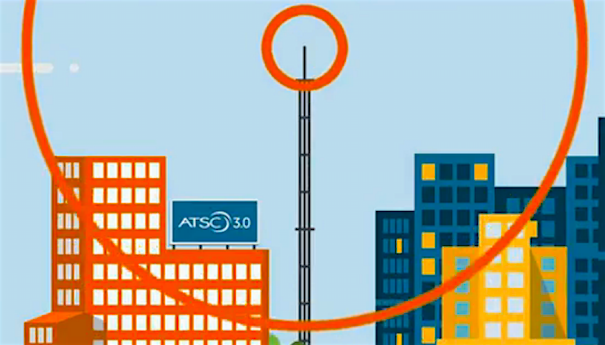
ATSC today announced that a “Virtual Plugfest” is being organized to exercise the Security Layer of the Studio-to-Transmitter Link. All entities providing ATSC 3.0 Broadcast Gateway and/or Exciter functionality are encouraged to participate in this one-of-a-kind opportunity.
One of the features of the ATSC 3.0 Studio-to-Transmitter Link Transport Protocol (STLTP) is a Security Layer intended to protect from “Man-In-The-Middle” (MITM) attacks that could potentially substitute data on the path from studios to transmitters. The Security Layer has been included in A/324, “Scheduler / Studio to Transmitter Link” for several years, but it has not yet undergone formal testing in a “Plugfest.” As a result, ATSC Specialist Group TG3/S32 Physical Layer devised a method for testing the Security Layer remotely. After significant preparation, the ATSC 3.0 STLTP Security Layer Virtual Plugfest is ready to proceed.
ATSC currently is seeking participation in the Plugfest from manufacturers and designers of Broadcast Gateway / Scheduler and Transmitter Exciter implementations.
Participants need not be ATSC members so long as they have a direct and material interest in the work. Plans for the Plugfest and details of the activity will be introduced to those having the required interest in the work at a meeting of the ATSC TG3/S32-5 Ad Hoc Group on STL/SFN to be held in San Francisco on Wednesday, Dec. 7, 3:00-4:30 p.m. PT. Provisions will be available for remote access by those unable to join the meeting in person.
“ATSC Plugfests have proved, in the past, to be unique opportunities for developers of equipment and software for ATSC 3.0 applications to confirm interchange of their data with the connected functions of other suppliers, thereby speeding up and making more efficient their development activities,” said ATSC President Madeleine Noland. Since the STLTP Security Layer requires encrypted addressing and data transfer between sending and receiving nodes in a network, such an exercise with most of the sources of the necessary functionality participating in the testing is unlikely to be repeated anytime soon.” With this unique opportunity, Noland “earnestly encourages all entities providing ATSC 3.0 Broadcast Gateway and/or Exciter functionality are to join the upcoming Plugfest.”
ATSC members can learn the details of the upcoming TG3/S32-5 AHG meeting via the ATSC Workspace system. Non-members should contact Madeleine Noland, ATSC President, mnoland@atsc.org. Alternatively, information about the Plugfest and the upcoming TG3/S32-5 AHG meeting can be obtained from group Chair, S. Merrill Weiss, merrill@mwgrp.com
The professional video industry's #1 source for news, trends and product and tech information. Sign up below.
